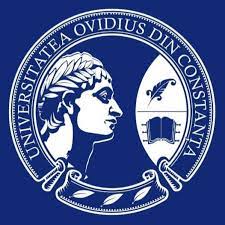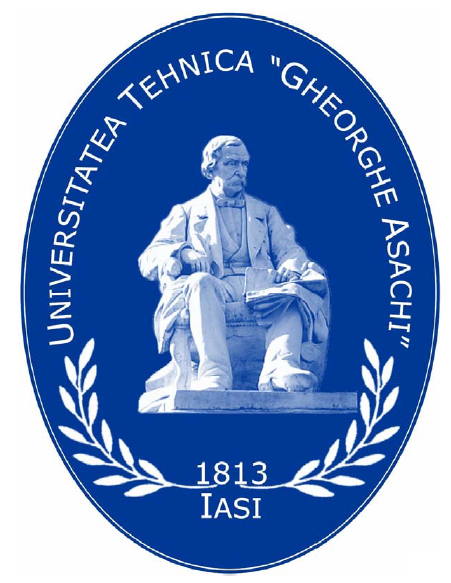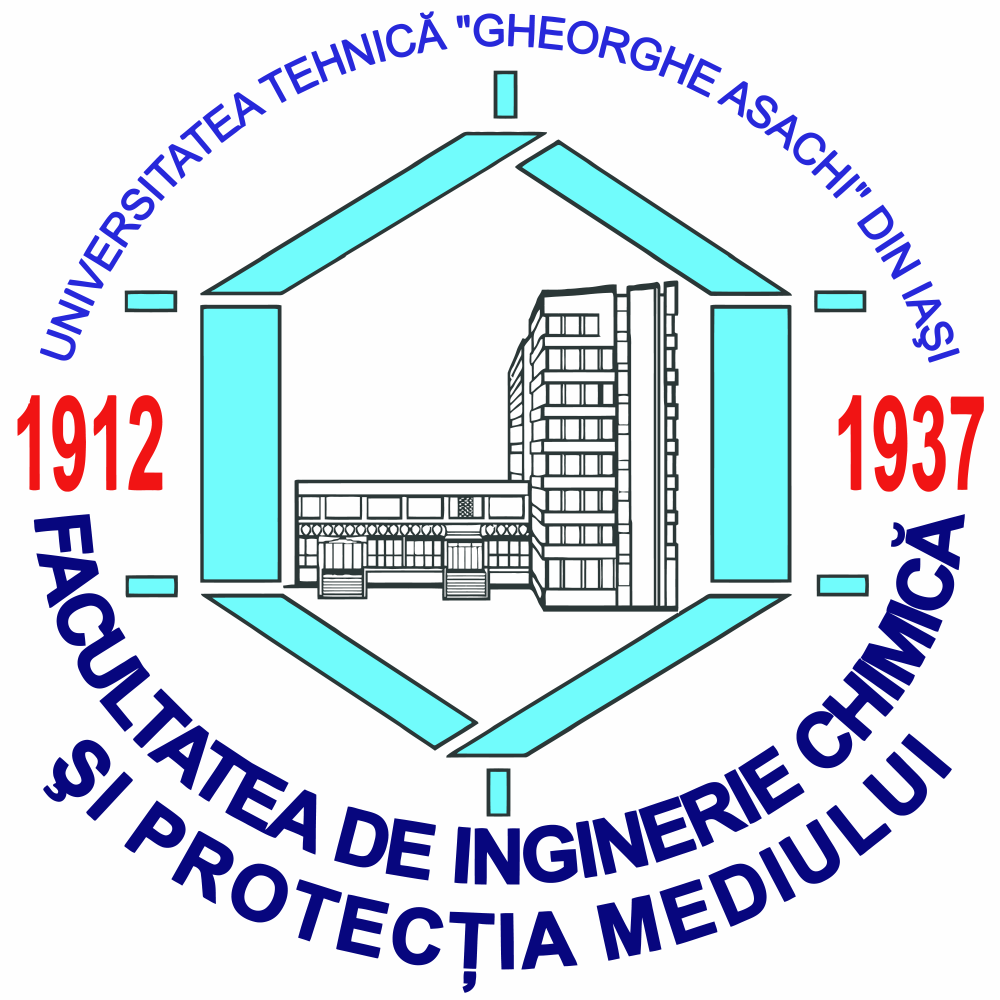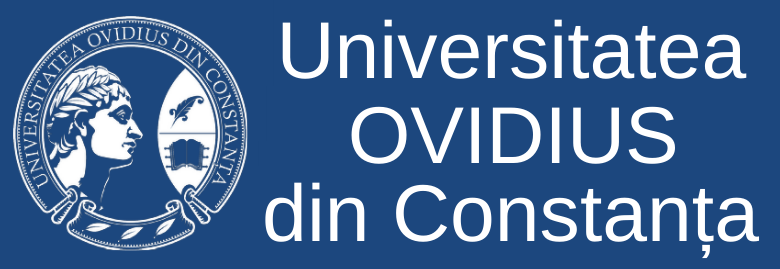European Symposium on Religious Art Restoration & Conservation
About the Conference
On behalf of "Ovidius" University of Constanța (Romania), European Journal of Science and Theology, Techical University "Gheorghe Asachi" from Iași (Faculty of Chemical Engineering and Environmental Protection) as organizing and scientific committee, we warmly invite you to:
13th European Symposium on Religious Art Restoration & Conservation
(ESRARC 2023) - Constanța, România
The symposium is scheduled to 25th – 27th May 2023 and the sessions will take place at Ovidius University of Constanța, located in Aleea Universității, no. 1 (Campus Corp A).
Historically known as Tomis, Constanța is the oldest continuously inhabited city in Romania, founded around 600 BC. Located in SE part of Romania, Constanța is the largest port on the Black Sea and the main city of historical region Dobrogea, that can be thought as a synthesis of Western and Eastern civilizations and cultures and, also as a paradigmatic space of the interaction between monotheistic religions and as a multi-ethnic mosaic still present today. Constanta offers sources of reflection on the history, identity and culture of Christianity in the Romanian space, but also an undeniable testimony to the values of religious tolerance in the past and present.
In Constanța can be explored sights such as: ruins of Tomis, Ovidius Square, Roman Mosaisc, Genoese Lighthouse, Casino, Christian-Orthodox Cathedral, Grand Mosque of Constanța etc. Near to the city, it can be visited the complex of cave churches from Basarabi (10th century), Histria Fortress (7th century BC), Capidava Fortress (2nd century), Basilica from Niculițel (4th century). These sights are complemented by the beauty of the beaches of Mamaia and the Danube Delta.
Topics
Topics of interest to the conference are as follows:
A. Socio-spiritual values of the religious art:
- A1 – Artistic and cultural evaluation
- A2 – Historic, theological and social perspectives (past and present)
- A3 – Religion and modern cross-cultural communication
- A4 – Religion and globalization
- A5 – Religion, terror and the role of cultural heritage
B. Conservation and restoration of religious cultural heritage:
- B1 – Environmental impact
- B2 – Analytical, diagnostic and intervention methodologies
- B3 – New materials for conservation and restoration
- B4 – Monitoring and scheduled maintenance
C. Sacral sights in the light of tourist trade marketing:
- C1 – Marketing of sacral sights as universal cultural heritage
- C2 – Sacral sights as new dimension of secular tourism
- C3 – Sociocultural development in regions
- C4 – Sacral sights as new tools of war/as tools of politics
- C5 – Sacral sights and securitization discourses
- C6 – Sacral sights and cultural identity
D. Materiality and meaning in religious art and architecture:
- D1 – Religious media and their audience
- D2 – Modern communication of world religions
E. Culture and identity in Dobrogea area:
- E1 – Religious and ethnic diversity in Dobrogea
- E2 – Dobrogea as a paradigm of tolerance and peace
- E3 – Interreligious and intercultural dialogue in Dobrogea
Chair of Symposium
Assoc. Prof. Ioan Dura, PhD.
Ovidius University of Constanța, Romania



